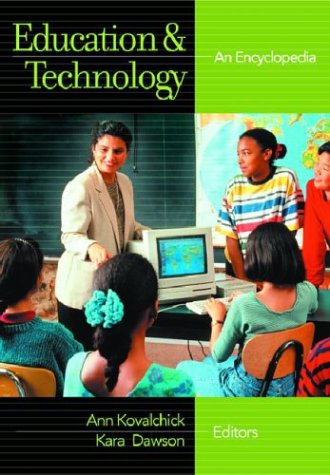

Most ebook files are in PDF format, so you can easily read them using various software such as Foxit Reader or directly on the Google Chrome browser.
Some ebook files are released by publishers in other formats such as .awz, .mobi, .epub, .fb2, etc. You may need to install specific software to read these formats on mobile/PC, such as Calibre.
Please read the tutorial at this link: https://ebookbell.com/faq
We offer FREE conversion to the popular formats you request; however, this may take some time. Therefore, right after payment, please email us, and we will try to provide the service as quickly as possible.
For some exceptional file formats or broken links (if any), please refrain from opening any disputes. Instead, email us first, and we will try to assist within a maximum of 6 hours.
EbookBell Team

4.0
66 reviewsFrom the hand-cranked mimeograph to digital video, educators have touted each technological advance as the key to improving education. Yet often our students seem no better educated today than they were in the days of ink wells and feather pens. How can we use technology to achieve real gains in student performance?
In this new encyclopedia, the only book on educational technology designed for the nonexpert, scholars in the field describe, in jargon-free terms, how educational practices have shaped our uses of technology—and vice versa. They discuss the traditions that are the core knowledge base of the field along with the theoretical, commercial, and social perspectives. In a variety of educational contexts—kindergarten through postsecondary education, corporate and industrial training, and distance education—they evaluate the latest technologies and products. Most importantly, they provide clear insights into educational technologies both as delivery systems (two-way microwave video, for example) and as content design strategies (like web-based instruction).